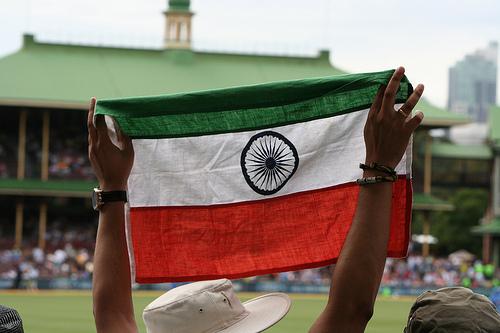
India reveals 2 new monetary tightening measures
Aimed to push the call rate higher.
According to Morgan Stanley Research, the Reserve Bank of India on Tuesday announced another round of monetary tightening measures to curb FX volatility following the measures it announced on July 15.
Here's more:
The key measures announced are: Further restriction on the amount of inter-bank liquidity that the RBI provides to individual banks via liquidity adjustment facility (LAF).
Effective July 24, the overall limit for access to LAF for each individual bank is set at 0.5% of its own net demand and time liabilities (NDTL). For the banking system as a whole, 0.5% of NDTL translates into ~INR 375bn / US$6.25bn.
Recall that on July 15, as part of its first set of quantitative tightening measures, the RBI had limited the size of liquidity available under LAF to INR750bn (1% of NDTL).
Maintaining a minimum daily Cash Reserve Ratio (CRR) balance of 99% of the requirement. Currently, banks need to keep aside 4% of their NDTL as CRR balances with RBI. This translates into ~Rs3 trillion.
However, currently banks are allowed to maintain the CRR on a daily average basis (during a reporting fortnight), with a minimum required CRR balance of 70% on a daily basis. Banks would now have to maintain 99% of the required CRR on a daily basis, up from 70%.
To recap, the measures announced on July 15 were: 1) restricting the amount of inter-bank liquidity under liquid LAF to INR 750 bn / US$12.5bn (1% of NDTL); 2) increasing the MSF rate to 10.25% (by 200bps) if banks want liquidity of more than INR 750bn; 3) announcing open market sales of INR 120bn / US$ 2bn. With the new measures, liquidity under LAF is now restricted to 0.5% of NDTL (INR375bn).,
We believe that the RBI had initiated monetary measures on July 15th to lift short term rates above the repo rate. However, those measures did not effectively push up the inter-bank call rates.
Indeed, steadily over the last five trading sessions, the call rate has reverted very close to repo rate (lower band) of the operative policy rate corridor. The average borrowing at LAF window over the last three days has been Rs473 billion well within maximum limit announced on July 15th (of Rs750 bn).
Moreover, banks hardly needed to access the marginal standing facility rate (upper band of the operative policy rate corridor),
Today’s measures to cut the size of LAF borrowing limit and effective hike in CRR is aimed to pushing the call rate higher in a more effective manner. We believe that the interbank rate will likely go up by 50-75bps above the repo rate.
























 Advertise
Advertise










